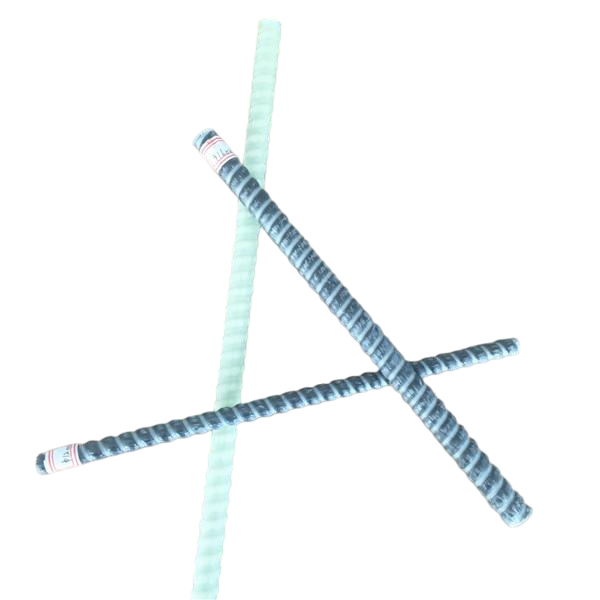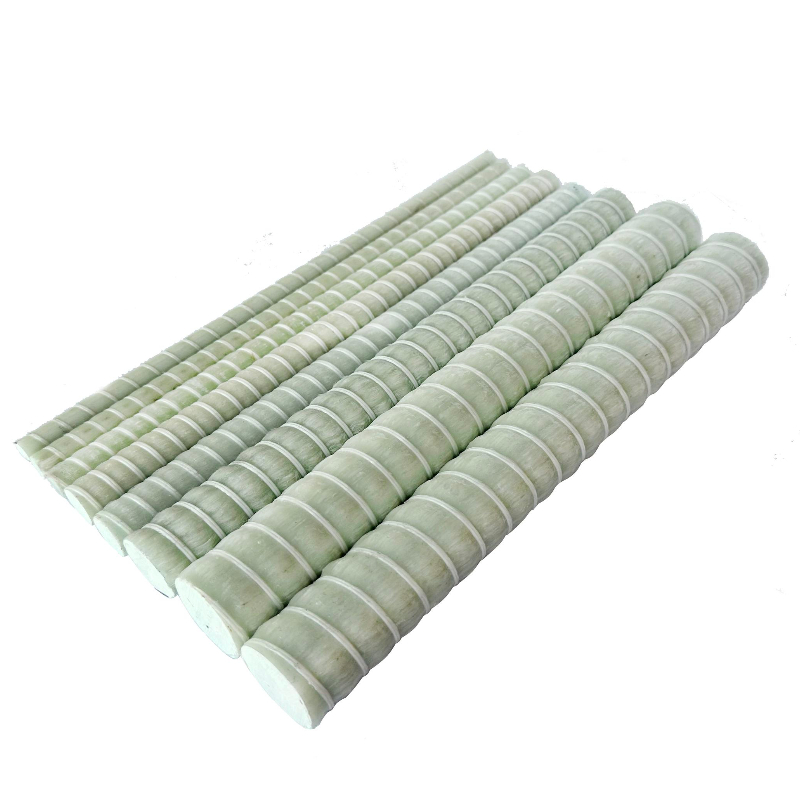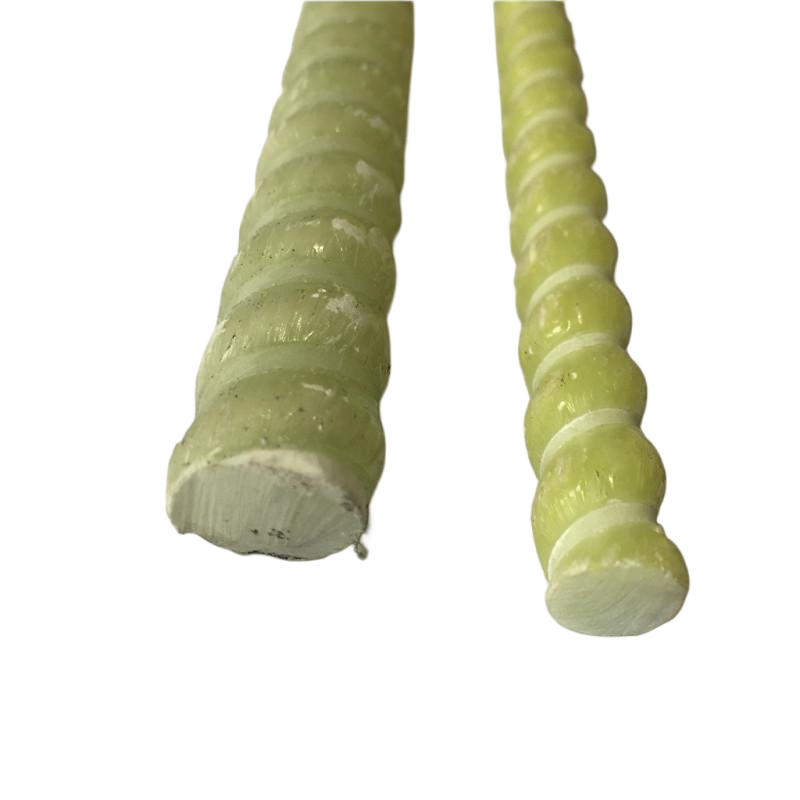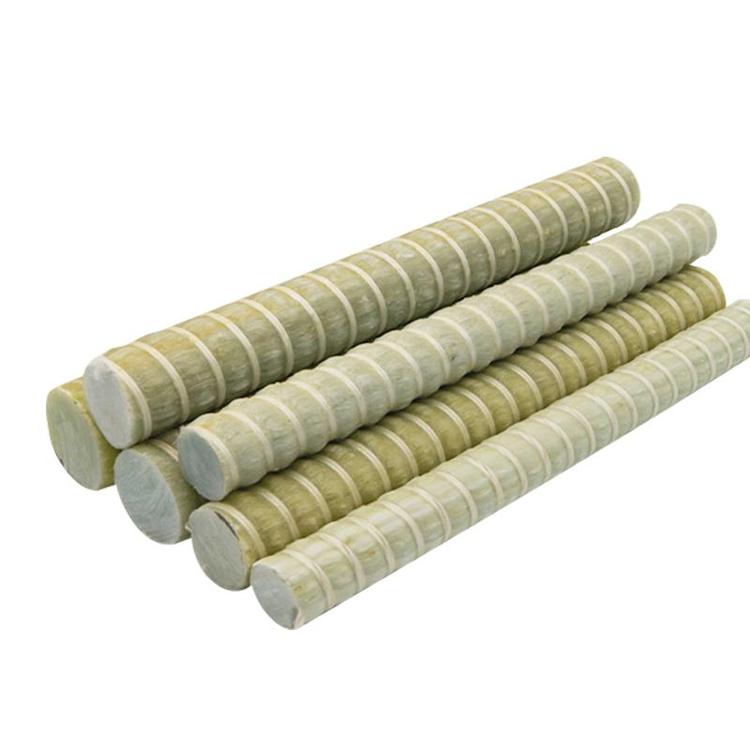Introduction
The evolution of construction materials has always been a cornerstone of architectural innovation. In recent years, the advent of GFRP Bolt technology has opened new horizons for engineers and designers alike. Glass Fiber Reinforced Polymer (GFRP) bolts are redefining the boundaries of structural integrity and design flexibility. This article delves into the innovative designs facilitated by GFRP bolts, exploring their unique properties and applications in modern construction.
Understanding GFRP Bolts
GFRP bolts are composite materials made by combining glass fibers with a polymer matrix. This fusion results in a bolt that exhibits exceptional strength-to-weight ratios, corrosion resistance, and electromagnetic neutrality. Unlike traditional steel bolts, GFRP bolts do not corrode, making them ideal for use in harsh environments where exposure to moisture and chemicals is prevalent.
Composition and Manufacturing Process
The manufacturing of GFRP bolts involves embedding glass fibers within a resin matrix, typically epoxy or vinyl ester. The process ensures that the fibers are aligned in a manner that maximizes tensile strength and durability. Advanced pultrusion techniques are employed to produce bolts with consistent quality and dimensional accuracy.
Mechanical Properties and Advantages
GFRP bolts offer a high tensile strength comparable to that of steel, while being significantly lighter. They have a low thermal conductivity and are non-conductive electrically, which makes them suitable for applications in sensitive electronic environments. Moreover, their resistance to corrosion extends the lifespan of structures, reducing maintenance costs over time.
Innovative Applications in Modern Construction
The unique properties of GFRP bolts have led to their adoption in various innovative construction designs. They are particularly beneficial in projects where traditional materials pose limitations due to weight, corrosion, or electromagnetic interference.
Bridges and Infrastructure
In bridge construction, GFRP bolts provide a solution to the problems of corrosion and maintenance associated with steel. They have been used in the reinforcement of concrete decks, offering longevity and reduced life-cycle costs. The use of GFRP bolts enhances the durability of structures exposed to de-icing salts and marine environments.
Architectural Structures
Architects are leveraging GFRP bolts to create bold designs that were previously unattainable. The material's flexibility allows for complex geometries and seamless connections, contributing to the aesthetic appeal of structures. Its low weight reduces the load on foundational elements, enabling more daring architectural expressions.
Underground and Tunneling Projects
In tunneling and mining, GFRP bolts are used for ground support due to their non-corrosive nature and high strength. They are particularly useful in environments where metallic bolts would deteriorate rapidly. Additionally, their electromagnetic neutrality makes them suitable for use in tunnels housing sensitive equipment.
Case Studies
Several projects worldwide have successfully implemented GFRP bolts, showcasing their versatility and effectiveness.
The Genoa Bridge Reconstruction
After the tragic collapse of the Morandi Bridge in Genoa, Italy, the reconstruction incorporated GFRP bolts to enhance durability and safety. The new design aimed to eliminate the risk of corrosion-related failures, ensuring a longer lifespan for the bridge.
Innovations in Coastal Infrastructure
Coastal structures like piers and seawalls have benefited from GFRP bolts, which resist the corrosive effects of saltwater. For instance, the renovation of the Miami Beach boardwalk utilized GFRP bolts to extend the service life of the structure while maintaining structural integrity.
Advantages Over Traditional Materials
GFRP bolts present several advantages compared to traditional steel bolts, making them a superior choice in many applications.
Corrosion Resistance
One of the most significant benefits is the resistance to corrosion. Steel bolts are prone to rust when exposed to moisture and chemicals, leading to structural weakening over time. GFRP bolts remain unaffected, ensuring the integrity of the structure throughout its intended lifespan.
Lightweight and High Strength
The lightweight nature of GFRP bolts reduces the overall weight of the construction, which can lead to cost savings in transportation and handling. Despite being lighter, they do not compromise on strength, providing a robust solution for load-bearing applications.
Electromagnetic Transparency
GFRP bolts do not interfere with electromagnetic fields, making them ideal for use in structures that house sensitive electronic equipment. This property is particularly advantageous in the construction of hospitals, laboratories, and industrial facilities where electromagnetic interference can be problematic.
Challenges and Considerations
While GFRP bolts offer numerous benefits, there are challenges that need consideration during the design and implementation phases.
Cost Implications
The initial cost of GFRP bolts is generally higher than that of standard steel bolts. However, this cost can be offset by the reduced maintenance and longer lifespan. A life-cycle cost analysis is essential to determine the overall economic feasibility.
Material Compatibility
Designers must consider the compatibility of GFRP bolts with other construction materials. The differences in mechanical properties between GFRP and traditional materials require careful structural analysis to ensure safety and performance.
Standards and Regulations
As GFRP bolts are relatively new in the construction industry, standards and regulations are still evolving. Engineers must stay informed about the latest guidelines to ensure compliance and optimal design practices.
Future Directions
The use of GFRP bolts is expected to grow as the construction industry seeks sustainable and durable materials. Research is ongoing to improve the performance and reduce the costs associated with GFRP technology.
Advancements in Material Science
Innovations in resin formulations and fiber technologies are anticipated to enhance the properties of GFRP bolts. These advancements aim to increase strength, durability, and resistance to environmental factors.
Integration with Smart Technologies
The integration of sensors within GFRP bolts is a promising area of development. Smart bolts could monitor structural health in real-time, providing valuable data for maintenance and safety assessments.
Conclusion
GFRP bolts represent a significant advancement in construction materials, offering a combination of strength, durability, and versatility. Their innovative applications are transforming design possibilities and addressing longstanding challenges associated with traditional materials. As the industry moves towards more sustainable and resilient infrastructure, GFRP bolts are poised to play a pivotal role. Embracing this technology not only enhances structural performance but also contributes to the longevity and safety of modern constructions. For projects requiring high-performance solutions, incorporating GFRP Bolt technology is a progressive step forward.



























